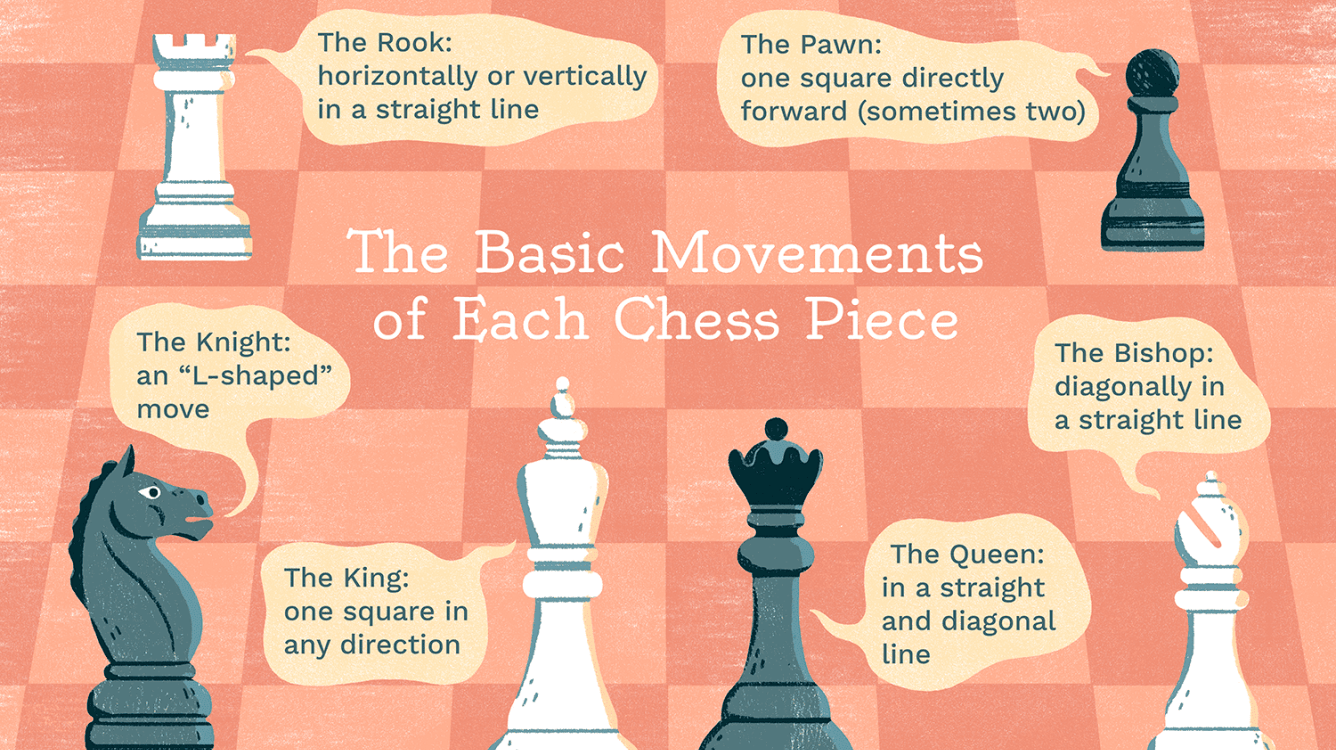
How Pieces Move in Chess: A Fundamental Guide
Chess, often hailed as the "Game of Kings," is a timeless board game with a set of rules that give each piece a distinct and strategic way of moving across the board. Understanding how each piece moves is fundamental to mastering the game.
The King: The king is the most critical piece in chess, and it moves one square in any direction: horizontally, vertically, or diagonally.
The Queen: The queen is the most versatile piece, capable of moving any number of squares in any direction: horizontally, vertically, or diagonally.
The Rook: The rook moves in straight lines, either horizontally or vertically, covering any number of squares.
The Bishop: The bishop moves diagonally across the board, covering any number of squares.
The Knight: The knight has a unique L-shaped move: it moves two squares in one direction (horizontally or vertically) and then one square at a right angle. Knights can "jump" over other pieces.
The Pawn: Pawns move forward one square but capture diagonally. They have a special initial move, allowing them to advance two squares on their first move.
Knowing how pieces move is just the beginning. Chess is a game of strategy and tactics, and understanding the mobility and limitations of each piece is crucial for formulating and executing winning strategies. As you delve deeper into the game, you'll discover that piece movement is the foundation upon which grandmaster-level combinations and attacks are built. So, grasp these basics, and let the game of chess open up a world of endless possibilities on the 64 squares of the chessboard.